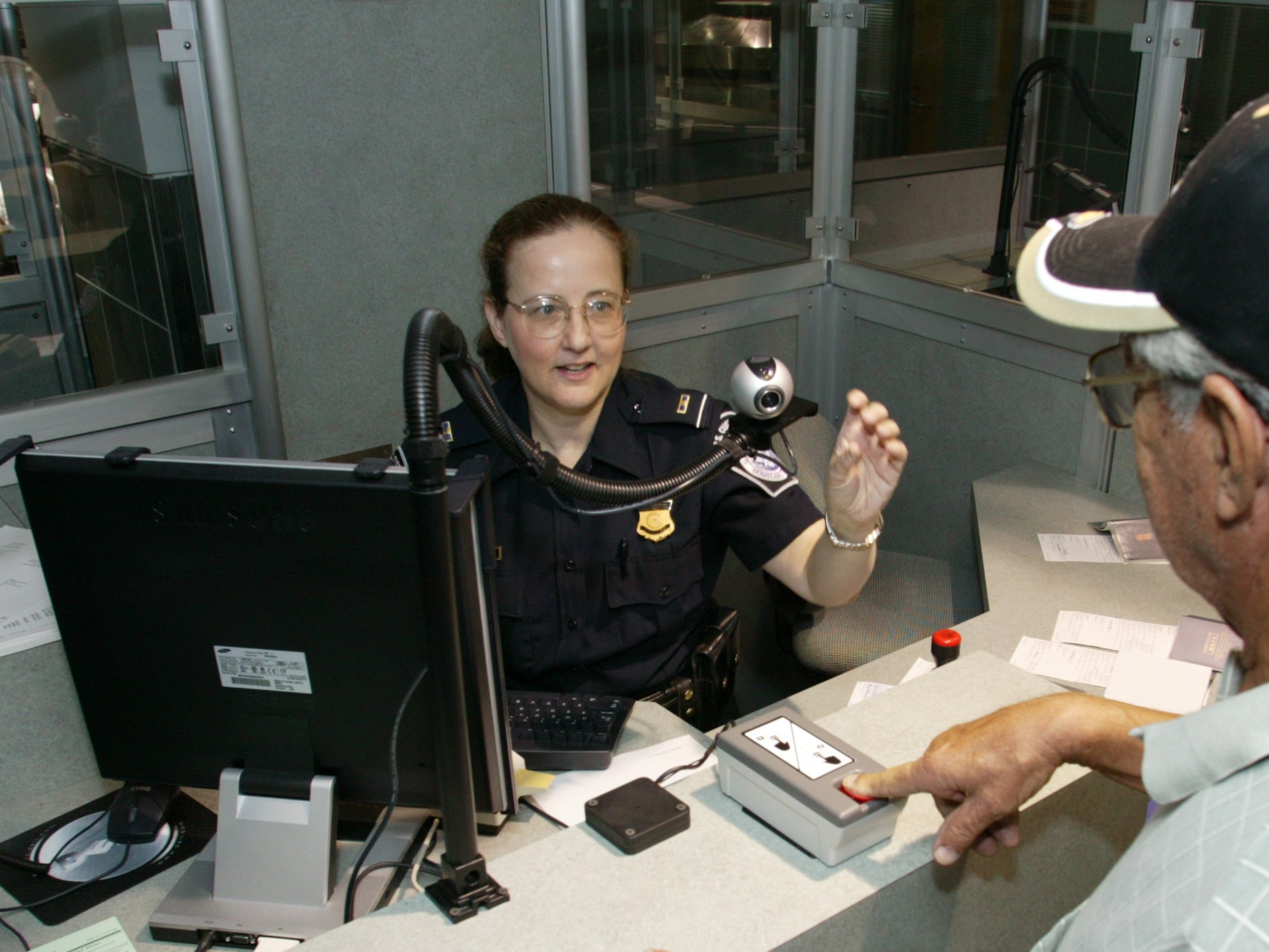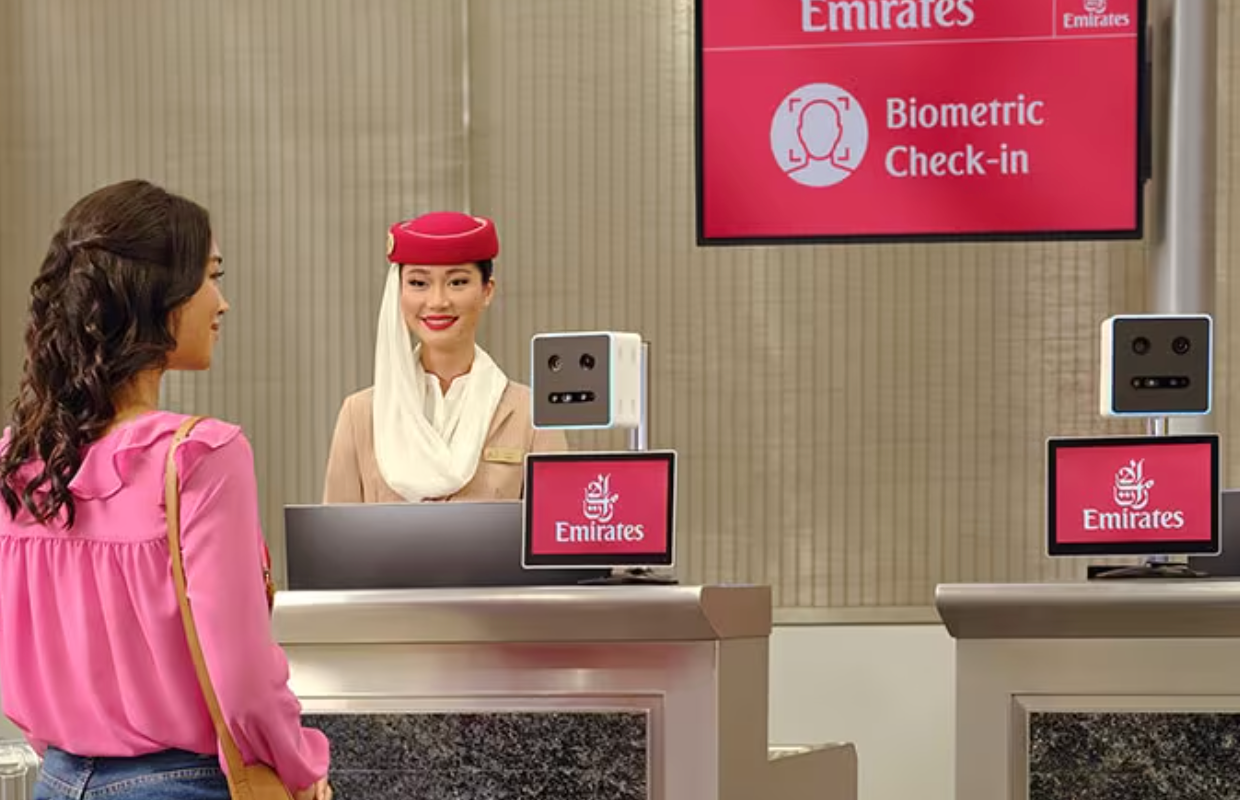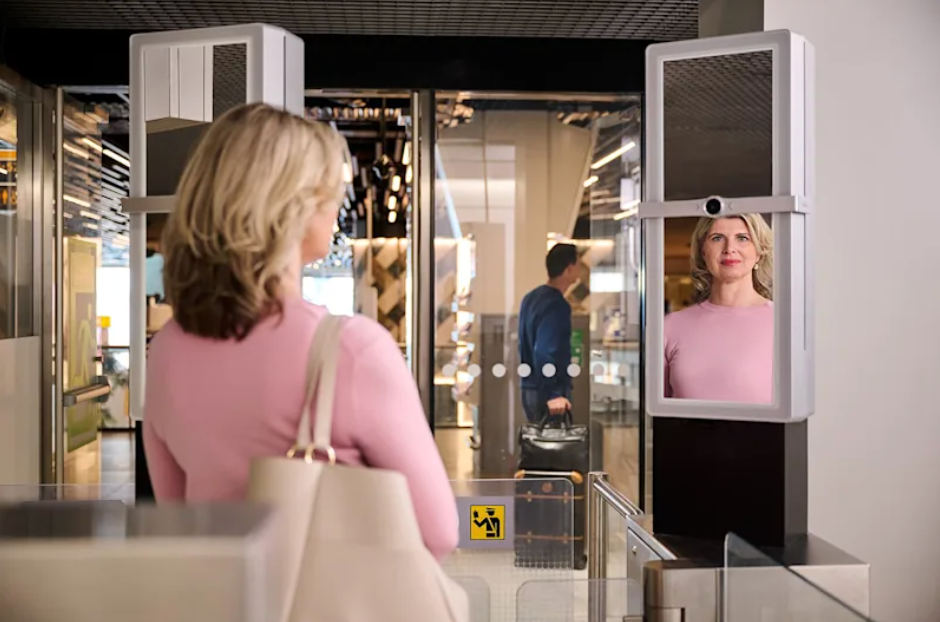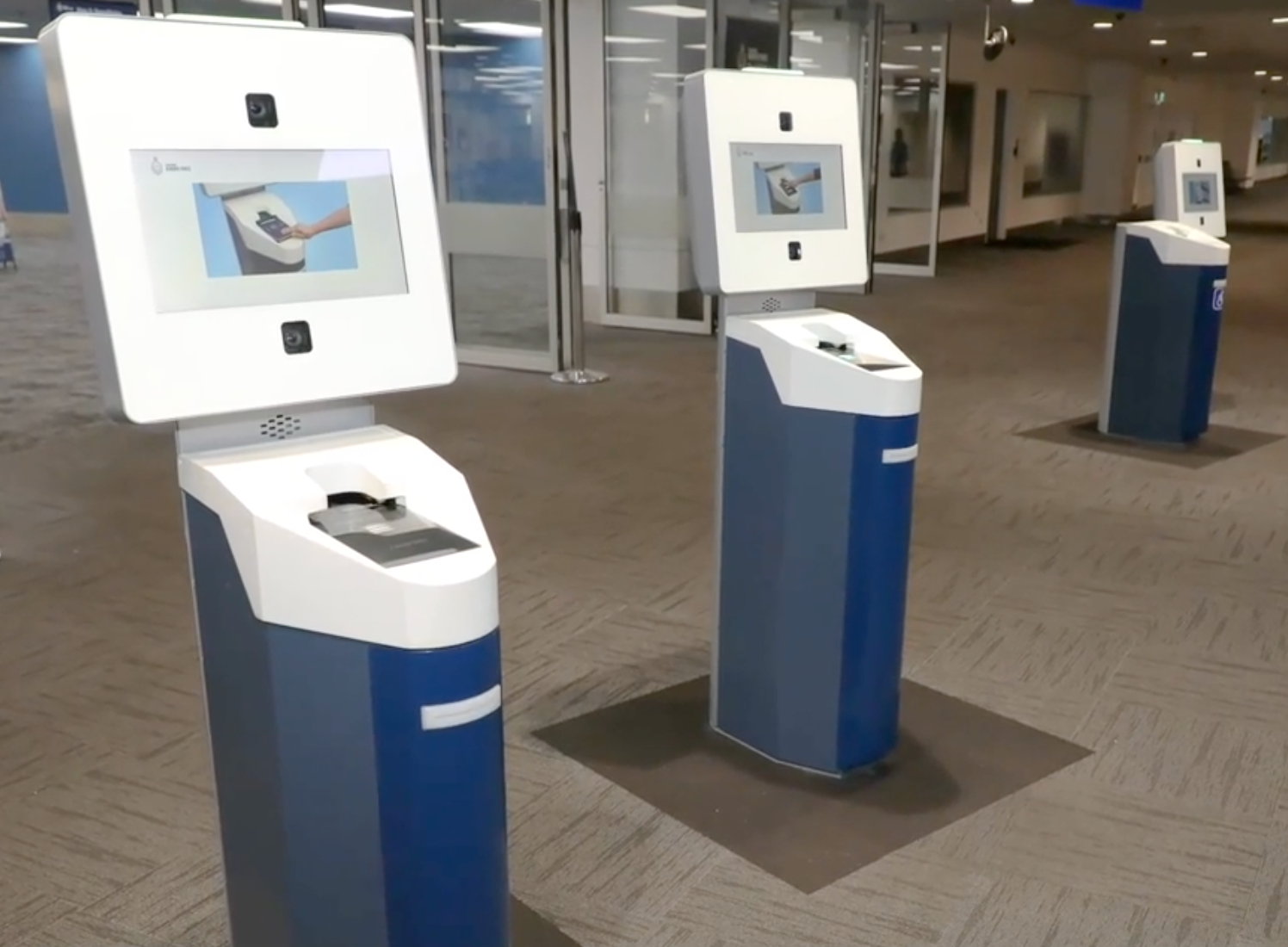
Digital ID cards have become a national debating point in the UK, but many frontiers across the world already rely on online systems. The pace is accelerating for British passport holders: from 12 October, a photo of your face, as well as four fingerprints from your right hand, will be stored on an EU database when you cross a Schengen frontier post. The entry-exit system (EES) is designed to bring external Schengen area borders into the digital era.
Governments are keen on unique physical characteristics including fingerprints and iris recognition. But it is facial recognition that is fast making the physical passport obsolete. The favourite long-haul destination for British travellers is the US – where the technology is so far advanced that officers at airports may not even bother to look at the passenger’s passport.
Travellers are well used to eGates, which compare your face with the digital data stored on the chip in your passport. But technology is moving at a pace that could enable you to keep your passport in your pocket.
Across the world, airport and immigration authorities are enhancing security and cutting costs by deploying facial recognition and making it mandatory for travellers. Passport control is becoming face control.
These are the key locations that demand your digital data – or offer the chance to speed through the border if you are prepared to share biometrics.
US
Just how extensively is your personal data is used and shared in travel? The US Esta (Electronic System for Travel Authorisation) application process provides an excellent example.
The first stage in acquiring the necessary permit is to upload the “biographic page” (photo page) of your passport. This contains personal data including date and place of birth, as well as your photograph.
For applications made through the Esta mobile app, US Customs and Border Protection (CBP) dives deeper. Users are instructed to place their smartphone near the passport’s “eChip”. This chip contains the same information about you as printed on the biographic page. It also has the biometrics extracted from your passport photo.
The Esta app can “wirelessly retrieve the data stored within the eChip”. You are then asked to take a selfie. Before taking the picture: “the mobile application instructs the Esta applicant to line up their face with a box and to perform a ‘liveness’ test to determine that it is a real person (and not a picture of a person) before the camera.”
Once successfully taken, the photo will be compared with the details lifted from the passport eChip. It will also be stored on a US database for 15 years. Non-citizens are “required by law to provide biometrics upon entry” to the US.
Biometric facial comparison is used at airports, seaports and land frontiers. CBP said this week the technology has enabled it to process over 800 million travellers and “prevented more than 2,225 impostors from unlawfully entering the United States”. While in theory visitors could still be asked to provide fingerprints, this additional biometric is rarely required.

Dubai
On arrival at Dubai airport, you can use the Smart Gates (as long as you are over 1.2 metres/4 feet tall). After stepping off your flight, find a “passport control touchpoint” before the main border check. Like eGates, the system extracts your facial biometric data from the chip on your passport.
But the difference in Dubai is that once you are registered you can put your passport away. At the gates, say the airport authorities, “you can pass through by simply looking at the green light without needing to scan a document”. The single registration works for multiple visits, unlike conventional eGates.
Emirates has a departure service called Biometric Check-in at Dubai airport Terminal 3 that registers your facial data. “Then you can breeze through the secure Biometric Smart Zones,” the carrier says. “You can check-in, clear immigration, access our airport lounges in Concourse B, and board your flight at selected gates purely by facial recognition.”
These options are free.

Singapore
For smooth progress through the airport, download the free MyICA mobile app. Scan your passport to create a profile. You should then add your journey details on the day of arrival in Singapore or on one of the two days before that. The two parts are your arrival details and an “electronic health declaration.”
The Singapore airport border is largely automated; passing through is based on facial recognition, but you will have your iris scanned – and possibly give a print of your right thumb – on the way through. This will speed things up on departure.
Amsterdam
The long-standing Privium scheme at Schiphol airport shows that some passengers will gladly pay good money as well as provide biometrics to accelerate their progress through a key European hub.
An annual subscription of €185 (£162) provides “fast border passage with iris scan” as well as swifter progress through the security checkpoint. Unfortunately, Privium is open only to citizens of the EU and the wider Schengen area – not the UK.

Australia
For short-term visitors, Australia wins the prize for easiest online experience for its free eVisitor visa; application takes about five minutes and a result is often just as quick.
On the plane to Australia, you must still fill out, by hand, a strictly analogue Incoming Passenger Card (IPC). But from touchdown the process can be extremely swift and digital – once you find an arrival kiosk, which seem to be strewn around randomly between the aircraft gate and the main arrivals hall
Place your passport on the reader and answer a few questions on the screen. If successful a ticket will be printed out. You can then go to a SmartGate where there is no need to present your passport (or the ticket) to get through. Once you have collected your luggage, head for the exit and hand the ticket and the IPC to the officer.

Germany
European Union member states can make their own rules about who can use eGates. Last month Germany opened up its eGates to British travellers – but only those who sign up for the EasyPass Registered Traveller Programme (RTP).
Anyone aged 12 or over can apply, free of charge. Oddly, the registration process is slow and analogue. You must visit an office of the Federal Police at a major airport; these including Berlin, Hamburg, Dusseldorf, Cologne, Frankfurt and Munich. You need to fill in a form (which you can download here), which requests details of any criminal convictions .
After going through the eGates, British travellers still need to have their passports examined and stamped by officials.
Read more: Simon Calder answers your questions on the EU’s new entry-exit system







